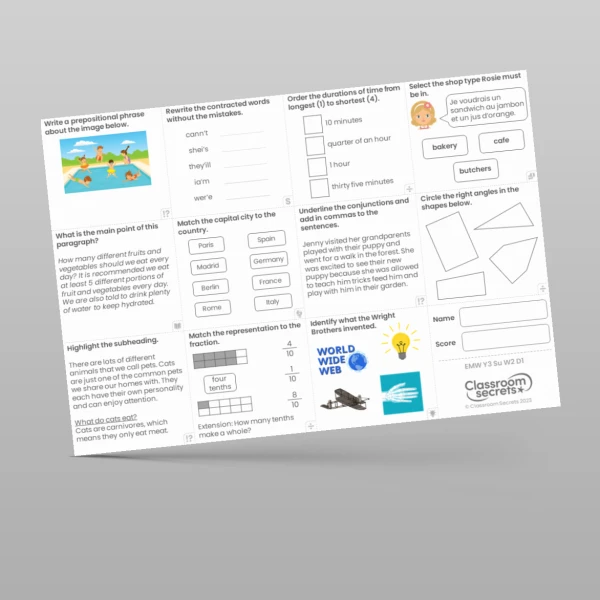

It's a new academic year and you're looking for activities to help get to know your pupils. We've been there and we know how that feels. This carefully created KS2 Getting to Know You Activities resource pack includes fun and engaging ideas to familiarise children with their new surroundings, work cooperatively, recap maths and spelling skills and more. This resource contains, instructions, ideas and a resource list.
Tags
Back to School
Transition











